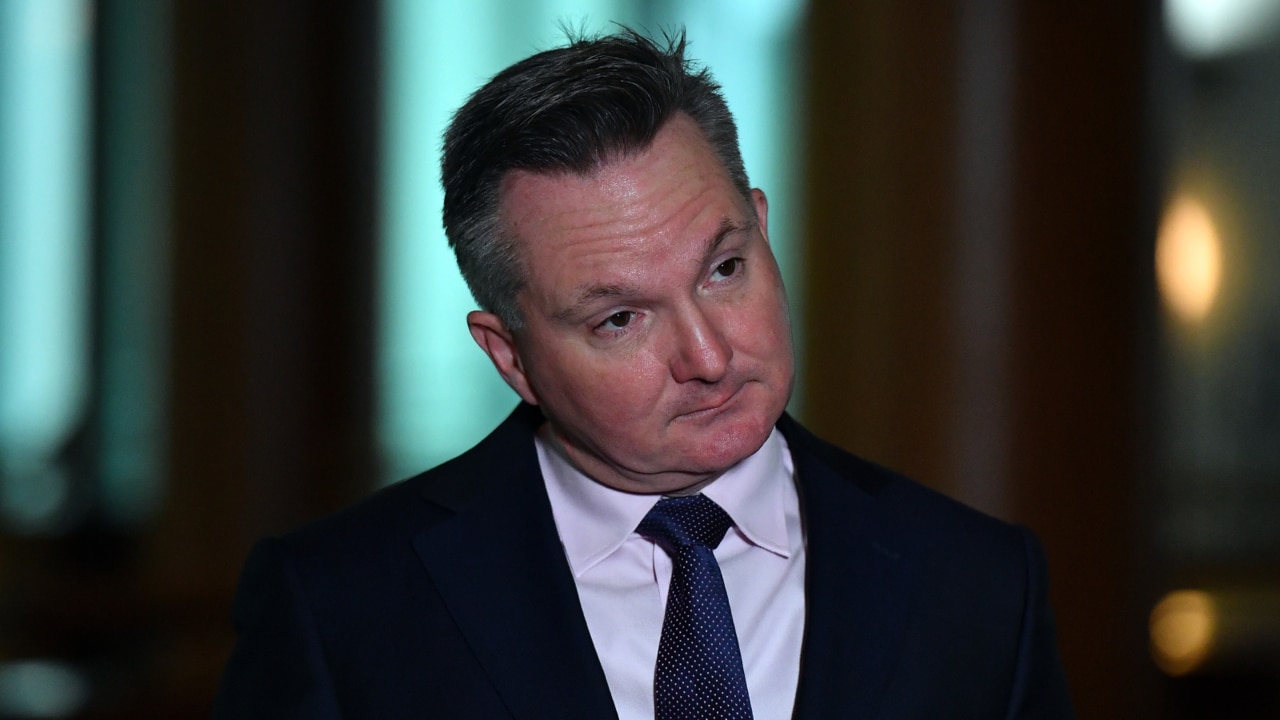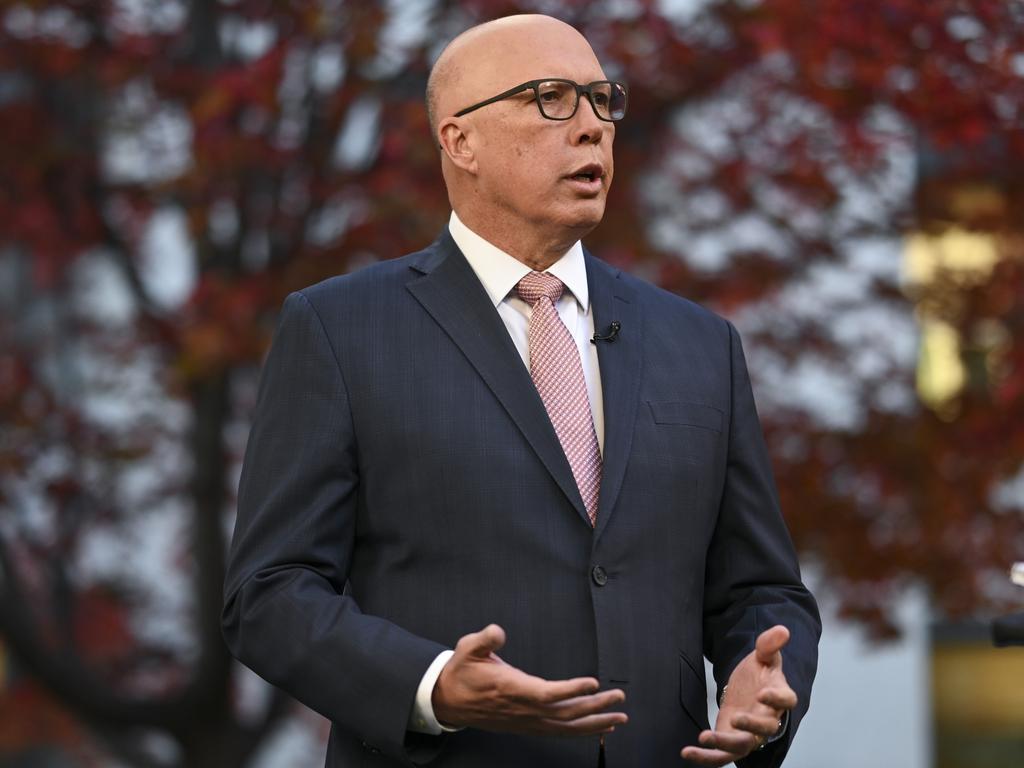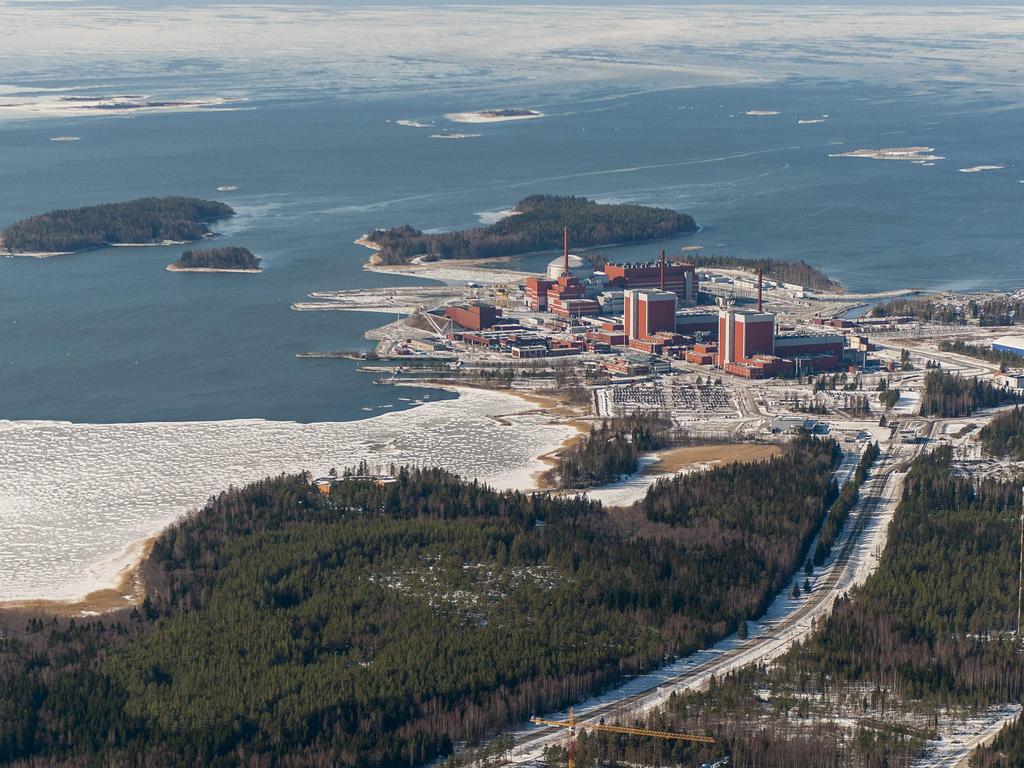‘Moral’ deflections show the anti-nuclear lobby is losing power


Nuclear power was capital-intensive and would take 12-15 years to come online, he argued. Instead, Australia should invest in what he called “the clean and proven alternatives”. “A wind turbine can take days to install,” he said, “a solar panel only hours … We need to begin to make cuts in emissions today, not in 15 years.”
The tens of billions of dollars that have been invested in wind and solar since 2006 are just a tiny down payment on the cost of meeting the Albanese government’s target of 82 per cent renewable energy capacity by 2030.

Wind and solar have proven to be a remarkably inefficient way of reducing emissions. On the weekend, wind and solar were generating just 12 per cent of the electrons flowing to customers in the eastern states. Another 12 per cent came from hydro. The rest came from sources environmentalists have cleverly rebranded as fossil fuel. The carbon intensity of the system was well above 750g/kWh for long periods of the day.
Which begs the question: How much larger would our carbon footprint be if an ambitious, headstrong inner-western Sydney MP had not decided to make cheap electoral capital (while leading an anti-nuclear scare campaign) against the Coalition in the run-up to the 2007 election?
What if he and then opposition leader Kevin Rudd had decided to follow the Finns who were, at that moment, placing an order for a 1.6GW French nuclear reactor?
The extraordinary delays in the construction of Finland’s Olkiluoto 3 nuclear reactor have been an epic source of frustration for the Finns and an abundant source of joy for the nuclear-phobic green left. Yet all good things come to those who wait and Olkiluoto 3 finally went online in March.

On Sunday, nuclear was generating 42 per cent and hydro 23 per cent. Biomass, wind and imported hydro from Sweden made up the rest. Finland’s electricity system was 96 per cent emissions-free, a level Australia won’t reach until 2043 when the last coal generator shuts down under the plan drawn up by the Australian Energy Market Operator.
The escalation in the cost of Olkiluoto 3 from an original estimate of $5bn to $18bn was undeniably steep. Yet a 1.6GW modern nuclear reactor with a lifespan of 60 years is arguably better value for money than the $20bn or so the Albanese government is spending on new transmission lines to connect disparate sources of wind-dependent energy sometime in the future.
The Finns are reaping the returns on their investment right now. The carbon intensity of electricity to a customer in Helsinki is less than 50g/kWh, 15 times smaller than that of customers in Melbourne, Sydney or Brisbane. Which should make us wonder how serious the Albanese government really is about climate change. Is it really the most important challenge the world faces, as it sometimes likes to tell us, or merely another way of showing it cares about voters spooked by warming planning?

Digital technology allows us to track the foolishness of Labor’s energy policy in real time. Electricitymaps.com reveals that hundreds of millions of electricity customers worldwide burn electricity to their hearts’ content with barely a pang of conscience.
Some, such as the 44,000 hardy Canadians in the Yukon, are blessed with the landscapes and precipitation that allow them to operate hydro around the clock. Others, such as the French, Slovenians, Belgians or Canadians in Ontario supplement hydro with nuclear.
While most countries have some wind and solar capacity, nowhere in the world is it relied upon as the mainstay as envisaged by the Australian Energy Market Operator’s plan. Countries that have made futile attempts to decarbonise without substantial hydro or nuclear baseload capacity have paid a heavy price. In Germany, Italy and Denmark electricity costs more than 80c per kWh, more than twice the rate Australian households pay, and five times more than the Canadians.
If, however, this really is a climate emergency, then the burning question is not which technology is cheapest, but which will do the job in the quickest possible time. A trickle of environmental activists has come to the conclusion nuclear must be part of the energy mix if we are going to get anywhere close to reaching the net-zero nirvana we’ve persuaded ourselves we can reach by 2050.

Finland’s Green Party became first the green party in the world to officially let go of anti-nuclearism last May when it reclassified nuclear as “sustainable energy”.
But Australia’s environmental activists stubbornly refuse to budge, and look certain to orchestrate a formidable campaign against the Coalition at the next federal election now that Peter Dutton has put small modular reactors on the agenda.
They are fast running out of fresh arguments, however, as the mild reaction to Dutton’s reply to the budget indicates. Greens MPs failed to turn up to last week’s Senate inquiry in which a series of energy and nuclear experts, with well over a century of experience between them, made a cogent case for lifting the state and federal moratorium on nuclear at the earliest opportunity.
The Albanese government may or may not take comfort from the joint submission to the inquiry by Greenpeace, Friends of the Earth, the Australian Conservation Foundation, The Wilderness Society and seven other environmental NGOs. It was standard fare: nuclear costs a bomb, takes too long and causes accidents like Chernobyl, which resulted in thousands of deaths.

No progressive argument is complete these days without a reference to First Nations people, and documents from Greenpeace and others suggest this is no exception. “The pursuit of a nuclear power industry would almost certainly worsen patterns of disempowerment and dispossession that Australia’s First Nations communities have and continue to experience from uranium, nuclear and radioactive waste projects,” it asserts.
When activist movements start veering off on moral tangents it’s a sign they’ve given up arguing the facts. There will no doubt be more of this to come. The policy choice at the next election will be between a clean-energy future founded in practical reality or one infected by wishful thinking.
Nick Cater is senior fellow at the Menzies Research Centre.







More than 17 years have elapsed since Anthony Albanese gave a keynote speech to the Sydney University Labor Club ruling out nuclear power in the fight against climate change.